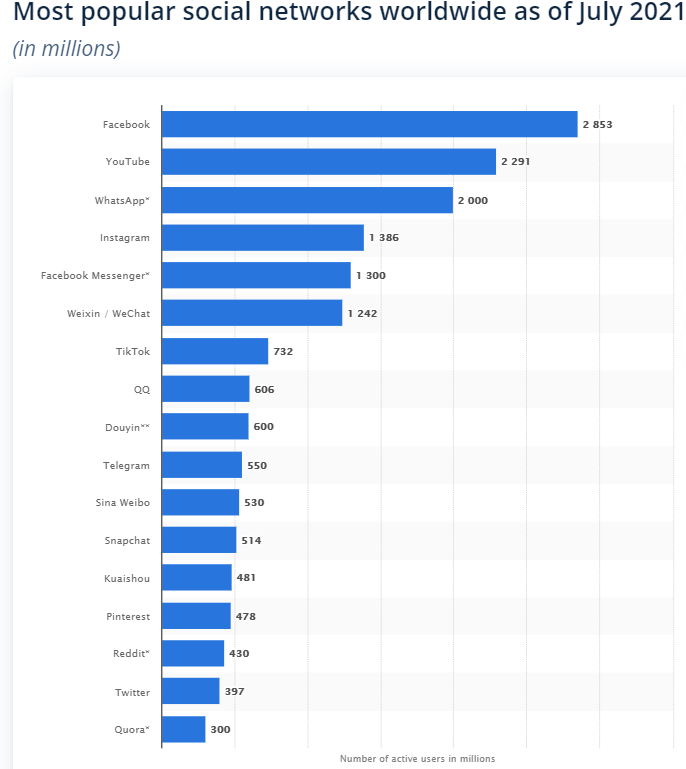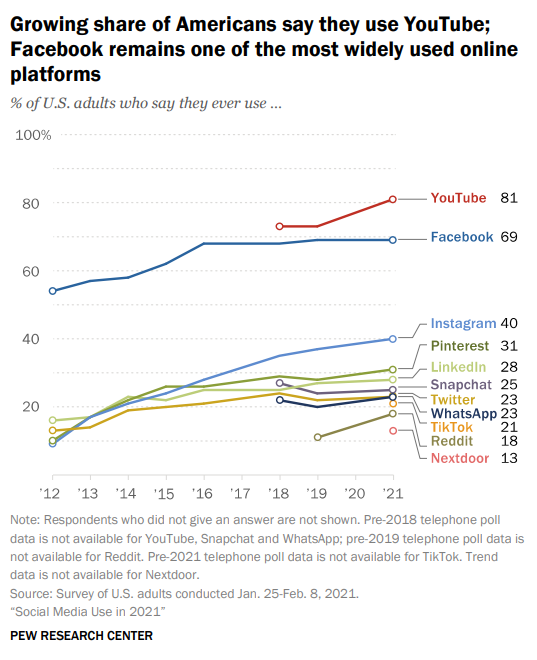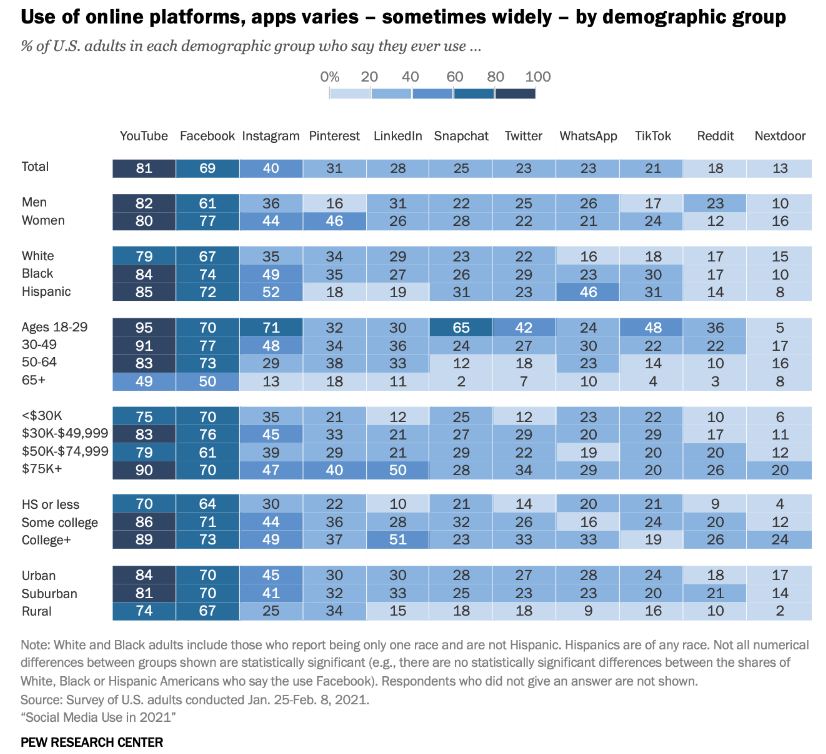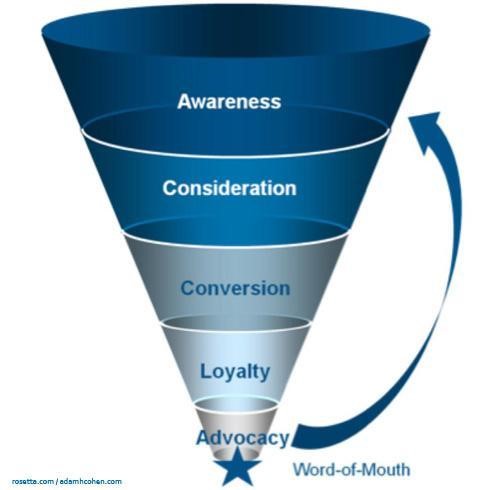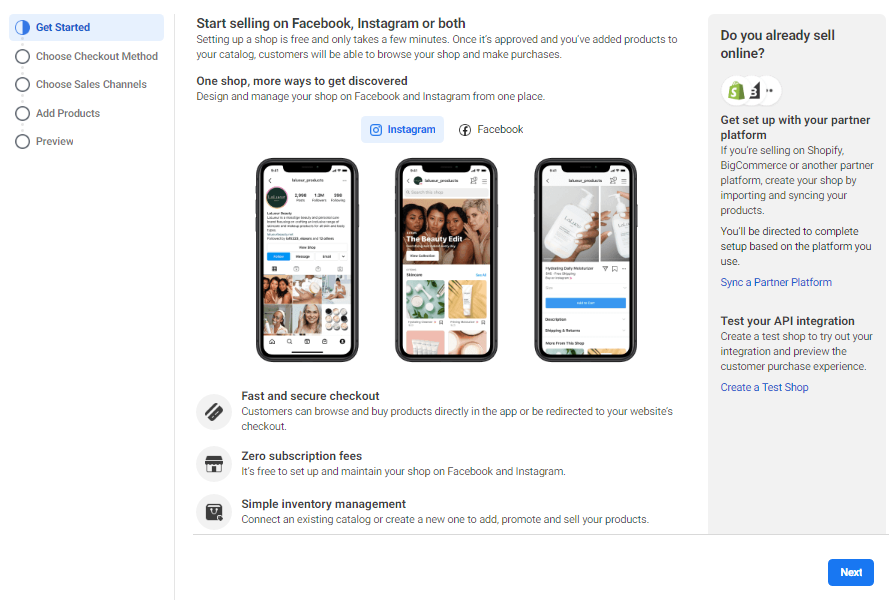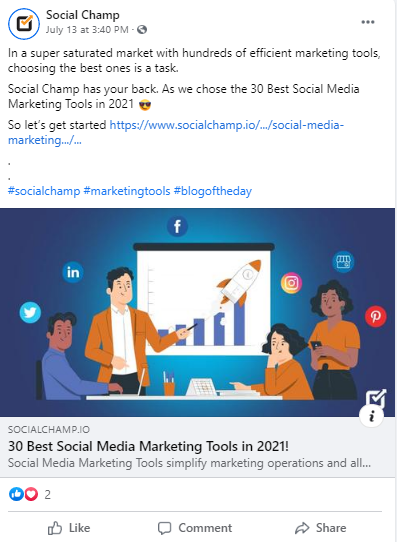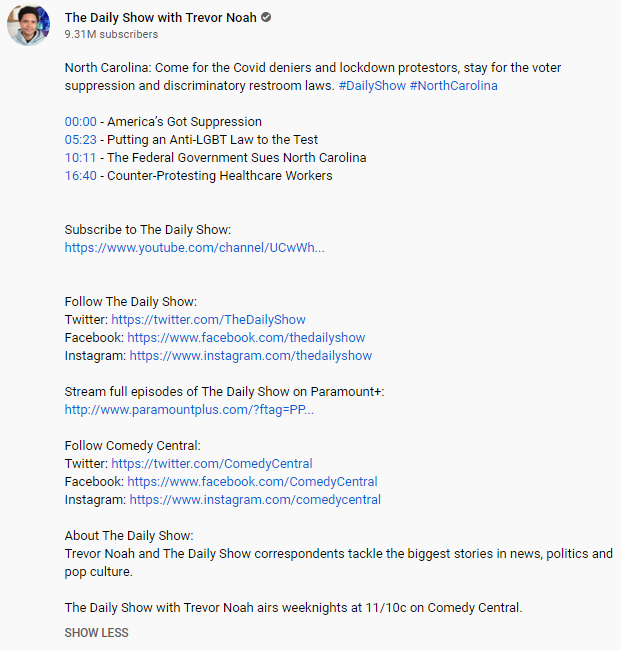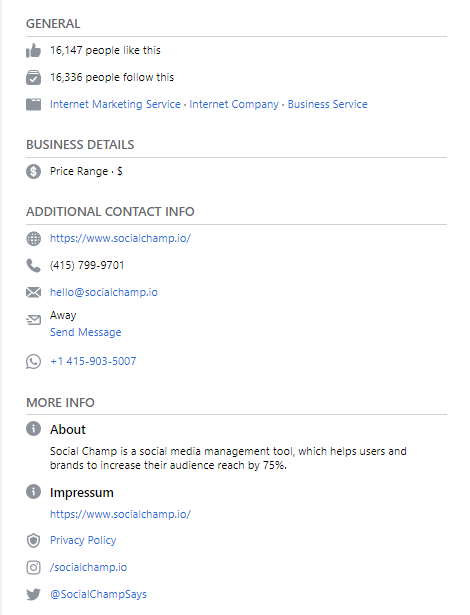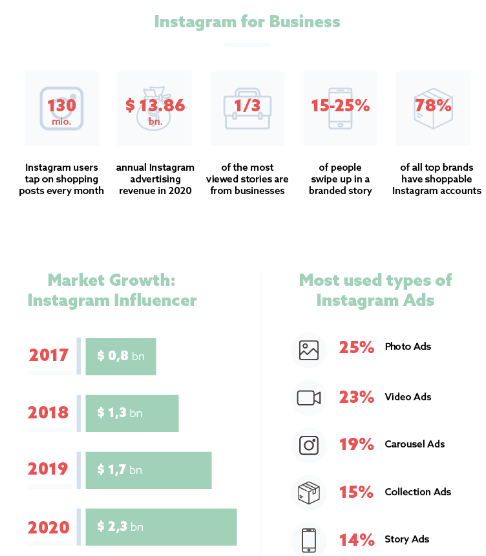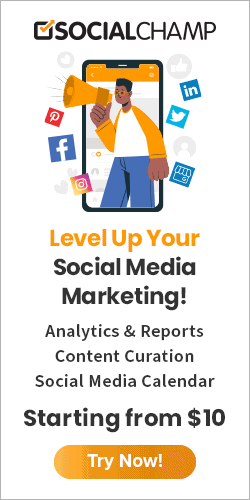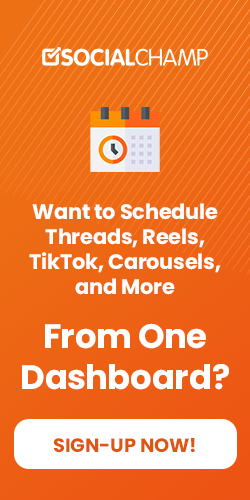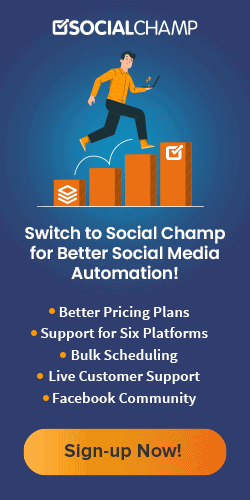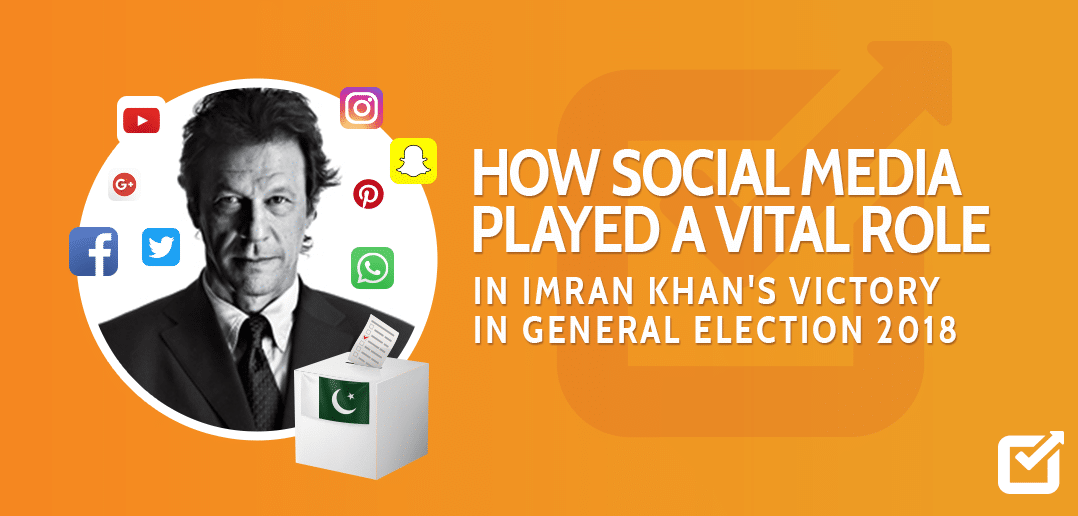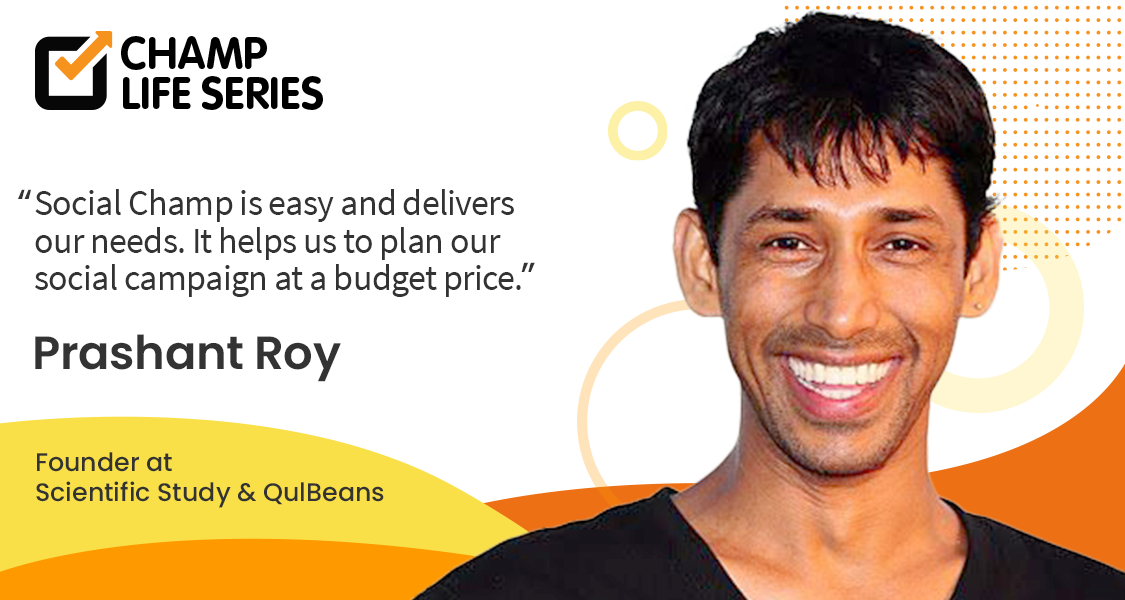Social media marketing & its challenges have been around for as long as social media has existed. Ever since social media marketing overtook all other channels, marketers have been facing challenges & problems in using the platform effectively.
Here’s the deal with social media – it is constantly evolving. Things change as new and existing players introduce new developments in terms of platform changes, algorithms, and integrations.
The social media user base is constantly on the rise with users joining emerging platforms. As a result, an average social media user has more than one social media accounts. This is great news for businesses that can now tap into multiple audiences and can hope to reach a user from one or more social media channels.
Here are the top 6 social media marketing challenges faced by marketers in 2022 & how they can tackle them.
What Social Media Platforms Should I Use
This is one of the most commonly faced social media marketing challenges.
There are a couple of social media platforms out there, and figuring out which to use is the first step toward building a successful social media marketing strategy.
Many digital marketers begin by assessing the overall reach of various platforms. Practically speaking, the greater the number of users, the greater the total number of potential leads.

Most popular social networks worldwide as of July 2021, ranked by number of active users (Source)
This infographic shows the total number of active global users on the world’s 17 most popular social media platforms as of April 2021. By correlating each active user as a potential lead, these statistics tell marketers where the greatest possible number of potential leads exist on each platform.
Knowing this can help marketers to determine how to best increase their reach on social media. The simplest tactic is to begin a social media campaign by creating accounts on the platforms you have selected. While this can a helpful starting point, there are other considerations to take into account.
Understanding the Target Audience
Understanding the target audience is not a skill unique to social media marketing. The most successful marketing strategies are developed with a target audience in mind. By understanding the target audience, marketers know how best to create content that will generate leads and conversions.
For social media marketing, isolating the geographic region enables the marketer to better understand what social media platforms can be used to access the highest number of active users in the target region. For instance, if the target audience is in the US, Chinese-based social media platforms can be safely eliminated from the list.
Note that the popularity of platforms can vary and a globally -popular platform might be so popular in a specific geographic locality. A good example is a local survey conducted by the Pew Research Center between January 25 and February 8, 2021, that shows that YouTube, not Facebook, is the most popular social media platform in the US.

(Source)
These geographic statistics still say little about many other demographics of a target audience, such as sex, race, age, yearly income, education level, or neighborhood. Increasing the efficiency of a marketing campaign will require considering these demographics as shown below:

(Source)
Most social media platforms also include audience targeting features that allow marketers to further define the perimeters of the target audience. These include YouTube, Facebook, Instagram, Twitter, LinkedIn, and others.
Using these tools ensures that content and advertisements created on these platforms will be uniquely targeted to the people the campaign is designed to reach.
Keep ‘Em Coming!
Once you have the Ideal Customer Profile, create content around the pain points and let Social Champ take care of scheduling posts and measuring the impact of your posts!
Create New Marketing Funnels, Or Not
After assessing which platforms will be used to reach the target audience, it is important to determine how these platforms will be used within existing or new marketing funnels. This is another one of the top social media marketing challenges faced by marketers.
Determining whether to integrate social media into existing funnels or create new ones requires knowing when and how these platforms can be used within the various stages of the funnel.
I will use a five-stage funnel in this article to demonstrate the use of social media platforms within the marketing campaigns.

(Source)
If you want a simpler one, or want to learn more about marketing funnels, you can read this guide: 5 Stages of Social Media Marketing Funnel
Awareness Raising
Nearly all social media platforms can be used to generate brand awareness. By creating organic content or advertisements and specifying the targeted audience, potential leads can easily be reached.
The good thing is that the content created for one platform can be cross-shared on other platforms with little to no repackaging. For example, tweets on Twitter, TikToks on TikTok, pictures, and Reels on Instagram, and videos on YouTube can be cross-shared from these platforms to Facebook.
The ability to target content to specific audiences and cross-share between platforms opens the possibility of creating unique and cost-effective content that can generate new leads and improve brand identity.
Limitations of Consideration
Only a selected few can be used during the Consideration stage.
YouTube can be used to create videos discussing the services or products in detail and compare them with the competitors’ offerings. Additionally, pins on Pinterest can showcase specific product features and lead to landing pages where the visitors can see infographics highlighting benefits or offering comparisons.
As mentioned earlier, some social media platforms are not great for the consideration stage. For instance, tweets on Twitter do not contain enough characters for full reviews. Facebook supports longer posts, which can be used to discuss a product or service. However, the lack of formatting options makes this sort of content more optimal for a blog article.
Conversions on Social Media
Some social media platforms support ecommerce functionality where conversions can take place. Primarily, Facebook offers a Commerce Manager that can be used to build stores for businesses that wish to sell on Facebook and Instagram.

(Source)
Loyal Followers and User Advocacy
The final two stages of the digital marketing funnel can be accommodated through social media without necessarily moving through all three of the preceding stages. Users can like or follow brands on Facebook, Twitter, Instagram, Pinterest, and other platforms or subscribe to YouTube channels without ever making a purchase.
In this way, the loyal fan, follower, or subscriber is not necessarily a loyal customer. Despite the lack of initial purchase, these fans can become advocates, or “brand ambassadors.” One way this can occur is when advocates share content created by the brand or create unique content about that brand without ever purchasing anything from the brand.
However, brands can control this process by setting up a dedicated customer advocacy component of the social media marketing campaigns. This component usually focuses on finding new ways to support potential customers that can ensure their needs are being met.
E-commerce Limitations on Social Facebook and Instagram
Here comes another one on the list of top social media marketing challenges!
While Facebook and Instagram include e-commerce functionality, items sold on Facebook or Instagram must follow certain Commerce Policies. These policies specify a long list of items that cannot be sold on Facebook:
- Non-physical services
- Virtual items
- Digital media, subscriptions, or accounts
- Animals or animal products
- Body parts or fluids
- Documents, currency, financial instruments, or virtual currency
- Hazardous goods or materials
- Supplements, alcohol, tobacco, drugs, or related paraphernalia
- Used cosmetics
- Weapons, ammunition, or explosives
- “Adult” Products
- Healthcare-related items
Thus, only a limited number of physical products can be sold on Facebook or Instagram Shops. While businesses that qualify can reap benefits from this channel, many businesses are immediately disqualified because of their business offerings.
However, simply because these items are prohibited does not disqualify businesses that sell them from using Facebook and Instagram for awareness-raising or, in some situations, consideration.
Integrating Social Media With Other Digital Marketing Channels
Another challenge faced by digital marketers is determining the best practices for integrating social media with other digital marketing channels. This requires a deep understanding of how other digital marketing tools fit into the brand’s marketing strategy and how the team uses these tools and platforms.
Some common strategies for this integration include:
- Sharing summaries or short blurbs of articles from the official blog on social media platforms with a link to the article.
- Transcribing YouTube videos or writing brief show notes and publishing them on the official website.
- Using the official social media platforms to share sponsored or affiliate content
- Embedding YouTube videos in blog articles.
- Building a Google Business Profile with links to the official website and social media channels.
- Creating helpful content on a particular topic on the blog and repurposing it into an email drip delivered through an email marketing platform.
The following image shows an article on the Social Champ blog shared via a Facebook post:

(Source)
This integration allows blog posts to be directly shared on Facebook which can draw readers to the site. Additionally, this post can be shared by followers increasing its reach beyond these followers.
Creating The Right Content For The Right Platform
This is the last one on our social media marketing challenges list. But honestly, do social media marketing challenges ever end?
Not all social media content is created the same. Some platforms are designed for audio-visual content alone while others are built to publish test-based content. Understanding how to create the right content for the right platform requires an analysis of various platforms.
YouTube
YouTube is perhaps the most popular platform for creating and sharing videos. These can be pre-recorded and uploaded to the platform or shared live. Though written content can be uploaded to the description box, YouTube is not a primarily text-based social media platform. However, the description box allows the creator to include text that compliments the video.
The description comes with two visibility modes:
- A 150-170 character length introduction with a “Show More” button beneath it. This section should capture the viewer’s attention while using relevant keywords and hashtags.
Below is an example from a video published by “The Daily Show with Trevor Noah” on July 6, 2021:

- A longer description of up 5,000 characters of text, including the introduction. This full view can be seen by clicking the “Show More” button.
Here’s an example of the expanded description for the July 6 Daily Show video:

This example from “The Daily Show with Trevor Noah” shows that you do not need long text blocks to describe the video. Instead, it presents an outline with timestamps and uses various hyperlinks to guide users away from the video and toward other channels of engagement with the show and its distributor.
Facebook
Facebook allows businesses to create pages where they can post content, links to other content off Facebook, videos, pictures, and more. Businesses can also:
- Create events
- List frequently asked questions (with answers)
- Integrate Messenger for live chat with followers, customers, leads, and potential leads
- Allow users to post reviews of the business
- Create and host groups
- List important information about the business including contact information, a description of the business, type of business, and more in the “About” section.
Here is the Social Champ “About” section:

Learning to use all of these features successfully can be difficult and time-consuming. Fortunately, there are plenty of Facebook ads courses you can take to learn how to take advantage of all business-related features.
Facebook does offer a plethora of helpful articles and videos to assist business owners and marketers, but most of this assistance is automated. If there is a problem that cannot be solved with the available resources, it can be exceptionally difficult to contact a real support person.
Instagram
Instagram is owned by Facebook but is like YouTube because the platform is designed for sharing audio-visual content. However, where YouTube only allows the publication of videos, Instagram allows users to upload still images and videos.
On the other hand, Instagram videos, or “Reels,” are much shorter than YouTube videos. Prerecorded Reels can be 15, 30 to 60 seconds long while live Reels can be hosted for up to four hours. YouTube allows verified accounts to upload or record live videos that are up to 12 hours long.

(Source)
Using Instagram to create short awareness-raising campaigns while generating conversions through direct sales may offer a competitive advantage for businesses selling permitted items not prohibited by Facebook Commerce Guidelines. However, if businesses cannot sell on Instagram, the awareness-raising capacity is still helpful.
TikTok
Instagram Reels were introduced as a competitor to Tiktok, which allows users to publish independent videos, edit multiple videos together, create side-by-side duets, and record live videos. It also allows more extensive editing and filter options than Reels. On July 1, 2021, TikTok announced that it will be increasing the maximum video length from 60 seconds to 3 minutes.
While Instagram ended 2020 with a higher number of Gen Z users, eMarketer forecasts that more Gen Zers will be using TikTok than Instagram by the end of 2021. Additionally, by 2023, it is forecasted that TikTok will have more total users than Snapchat and Instagram.

(Source)
TikTok, however, does not have built-in ecommerce functionality nor does it supports photos.
Other Social Media Platforms
Many other social media platforms can be used as part of digital marketing campaigns. Some of these include:
- Twitter allows users to share text-based content of up to 280 characters. In contrast, Facebook allows users to publish content with over 60,000 characters. The increased length is not necessarily an advantage given Facebook’s inability to format long text. Oftentimes, it is better to be concise than long and verbose.
- Pinterest allows users to share pins which businesses can use to share images of their products and infographics that can be linked to external sites. This allows marketers to create content for both the awareness and consideration stages of the funnel while directly guiding users offsite where conversions might take place.
- LinkedIn is a social media platform designed for business professionals. Using this platform, marketers can connect with other professionals, build affiliate partnerships, and develop sponsorship opportunities. While not the best platform for reaching retail customers, it is great for expanding B2B operations.
- Snapchat, like TikTok, is a great platform for reaching Gen Z-ers. However, snaps shared with other users are deleted after they have been viewed. Additionally, Stories are deleted after 24 hours. Snaps can be kept as Memories, but the preservation of content for long periods is counter to the business model of Snapchat.
Conclusion
While social media marketing can be challenging, there are many ways to overcome these challenges and increase the efficacy of existing digital marketing campaigns. Using social media can help nearly all organizations create new methods of awareness-raising while some can be used for the consideration and conversion stages of a marketing funnel.
In addition, while customer retention is often necessary for building loyalty or creating brand advocates with other digital marketing strategies, social media offers a unique opportunity. Even without making a purchase, loyalty can be established by liking, following, or subscribing to social media channels.
Furthermore, non-customers can become advocates by creating and sharing social content created by or about a specific brand. This includes blog posts, videos, or any number of other items that could generate leads and possible customers.
These were just a few of the social media marketing challenges faced by marketers in 2022. Let us know if this blog helped you in understanding & overcoming your social media marketing challenges.

